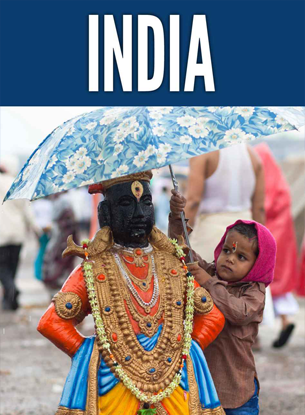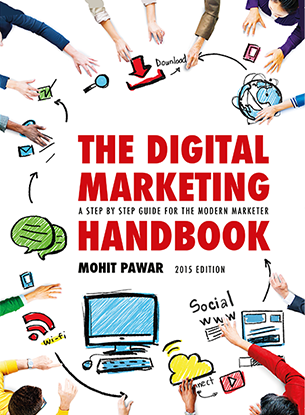The Lindy Effect states that the future life expectancy of a non-perishable item is proportional to its current age.
In simple words:
“What’s been around will continue to be around.”
It reflects the common saying that things that have stood the ‘test of time’ are things you can trust.
So if the content you create is good for one day, you can expect it to last for another day. This kind of content is content focused on news and current events.
But if you can create something that is valuable today, tomorrow, next week, and next month, then chances are this content will be valuable for months after that too.
Such content is also known as evergreen content.
How can you use this to your advantage?
Create content that can last the test of time.
Remove references to time sensitive content wherever possible unless you work in entertainment, news or journalism or a similar field where time sensitive content and current events are at the core.
Think of the books that continue to sell year after year. These books are not time-sensitive. What is written inside them is as useful, valuable, entertaining or engaging today as it was 10 years back.
In his book Antifragile, author Nassim Taleb, who builds on the idea of The Lindy Effect writes:
“If a book has been in print for forty years, I can expect it to be in print for another forty years. But, and that is the main difference, if it survives another decade, then it will be expected to be in print for another fifty years.”
Something to keep in mind if you fancy writing a bestselling book that will stand the test of time.


